|
Invasive Japanese beetles have been wreaking havoc on farms and in gardens across the East Coast and Midwestern United States for decades. Beetle larvae and adult beetles eat the roots, leaves, and flowers of many important agricultural and ornamental plants and trees. New research shows that this invasive species may also be a significant threat to the habitat and survival of one of America’s favorite insects: the monarch butterfly. Monarch butterflies depend on the native plant milkweed for habitat and food throughout their migration routes, from Mexico to Canada. Japanese beetles have been found feeding on milkweed flowers, decreasing their fruit and seed sets, and disrupting the next generation of plants. Monarch butterfly populations have already decreased dramatically--around 90%-- in the past 20 years, primarily due to habitat loss, including milkweed decline.
In 2016, the Oregon Department of Agriculture detected Japanese beetles in and around Washington County. ODA recognizes Japanese beetles as a threat to Oregon’s economy and natural ecosystems, and is starting its third year of its eradication and prevention project. Read more about the study from the University of Kentucky. [TAGS: Invasive Species, Japanese Beetle threat] Loads of fall leaves DO NOT need to be taken to the Japanese beetle yard debris drop off site in Hillsboro. Loads of fallen leaves are not a risk to spread Japanese beetle and are not part of the quarantined material. Please see the list below for material that falls within the quarantine. The yard debris quarantine is intended to prevent the spread of Japanese beetle in Oregon and to ensure the success of the current eradication program. The quarantine went into effect in Summer of 2017 and is still active through 2018. The boundary of the quarantine was expanded because of increased Japanese beetle detections in the county in 2017. The Oregon Department of Agriculture is asking all residents, landscapers, and waste managers that work in the yard debris quarantine area to adhere to the information below in order to comply with the quarantine to prevent the spread of both Japanese beetle adults and larvae:
Quarantined yard debris and material:
Not necessary or acceptable materials:
Note:
[TAGS: Washington County, Gardeners, Quarantine, Residents, Yard debris, Landscapers, Northwest Landscaping Services, Updates, Beetles in Oregon] PLEASE NOTE: THIS POST IS AN ARCHIVE FROM THE 2017-2018 PROJECT YEAR. Japanese beetles were first observed in Washington county in 2016. Subsequent trapping and risk modeling has determined that certain areas have a particularly high number of beetles that may hitchhike out of the area on high risk yard debris. To aid in successful eradication, Oregon Department of Agriculture (ODA) is working to contain the Japanese beetle population to a limited and manageable area. ODA has enacted a yard debris quarantine as part of a multi-pronged approach to eradicate the Japanese beetle from Oregon. This quarantine minimizes their spread to other areas in the region by restricting where and how yard debris from inside the quarantine area is transported and processed. Two key containment strategies have been implemented: 1) yard debris in household curbside bins are covered and hauled directly to deep burial at the landfill and 2) yard debris picked up by landscapers is directed to be covered and transported directly to a designated yard debris drop-off site at Northwest Landscape Services, 1800 NW Cornelius Pass Rd, Hillsboro, OR. In 2017, approximately 2,000 tons of yard debris were successfully moved into a special deep burial zone at the Hillsboro landfill where Japanese beetles within the material cannot escape. Why a yard debris drop-off site outside of the quarantine area? The Oregon Department of Agriculture, Oregon Department of Environmental Quality, Metro and Washington County worked closely and deliberated over site locations. They ultimately chose this site for a few well-planned reasons. First, the site was chosen as the lowest risk site. This means that the site has the ability to manage the amount of material transferred and has the lowest risk of spreading beetles to other areas through re-sale of compost, recycled soil, or other mechanisms. Additionally, this drop-off site is in the same county where the population exists, Washington County, and is in near other commonly used yard debris drop-off sites reducing the burden on the landscapers or homeowners. Explore the interactive map with both the boundary of the quarantine area and treatment area, here. What happens at the drop-off site? This is a FREE service for those with material from the quarantine area. The time the material sits at the drop-off site is kept short in order to minimize the chance of beetles escaping and re-establishing in the area. Each load is then moved to a deep burial site in the Hillsboro Landfill to join the curbside yard debris from the quarantine area that is picked up by garbage haulers. Project partners monitor the quarantined yard debris to ensure proper disposal of material. When residents and landscapers comply with ODA regulations, they are more likely to succeed in protection of Oregon’s agriculture and natural resources. "Washington County is the area that is going to benefit the greatest from us being able to do the eradication,” said Clint Burfitt, manager of the Insect Pest Prevention & Management Program for the Oregon Department of Agriculture. For Washington County residents, landscapers, and others involved, the simple act of following quarantine instructions has a hefty ripple effect. If this Japanese beetle population can be successfully eradicated through these early efforts, the costs accumulated, resources used, and negative impacts of this project will stay exponentially lower than if they became established. A big thank you to all of the residents, landscapers, and other folks from within the quarantine area for continuing to make this project a success! Please do not hesitate to contact ODA with any questions or concerns by calling 1-800-525-0137 or emailing the project coordinator Chris Hedstrom at chedstrom@oda.state.or.us.
How can you identify a Japanese beetle? Japanese beetles have three main identifying characteristics:
The Japanese beetle is the only beetle in this area that has all three of these characteristics. There are a few other beetles in the area, both native and non-native, that are also metallic or otherwise look similar. Check out our Japanese beetle look alike guide to see who’s who. Examples of common beetles and pests that ARE NOT Japanese beetle: What to do if you come across some beetles? If you are within the treatment area and see adult Japanese beetles, then the ODA advises that you dispose of them in a container of soapy water. Using store bought insecticides will not significantly decrease Japanese beetle populations. If beetles are observed outside the treatment area, please put the specimen in a container or bag and email or call ODA at the contact information provided below. How long will this last?! Japanese beetles are already an issue being addressed in Washington County, and the issue can’t be solved overnight. It may take up to 5 years to eradicate the population entirely. How to help be part of the solution! Cooperation from those in the treatment area is critical to protect Oregon’s gardens and agricultural economy! Here’s what you can do to help:
[TAGS: Japanese beetle threat, Japanese beetle basics, Beetles in Oregon, Invasive species] Beetles can be moved in yard debris through the removal and movement of items such as sod and grass clippings. The risk of moving beetles is highest over the summer when adult beetles are emerging from the soil and moving around to feed and find mates. It is very important that beetles are contained within Washington County while treatment takes effect. Containment efforts are ramping up, with a quarantine on all yard debris still in effect and expanding in 2018. Residences will receive electronic notices from Oregon Department of Agriculture, along with other communications planned throughout the summer.
For more information about the quarantine check back on our Prevention page for the most recent information. [TAGS: Beetles in Oregon, Japanese beetle basics, Japanese beetle threat, Invasive species, Gardeners, Quarantine, Residents, Landscapers, Washington County, Yard debris] PLEASE NOTE: THIS POST IS AN ARCHIVE FROM THE 2017-2018 PROJECT YEAR. Second Treatment Wrapping Up in 2018 Thank you to residents and land managers in Washington County (Cedar Mill, Bethany and Oak Hills) and Oakland area that have been helping the Oregon Department of Agriculture beat the Japanese beetle! The Oregon Department of Agriculture (ODA) is currently wrapping up a second treatment in year two of the Japanese beetle eradication project. Support from resident in the area has been very positive. Before treatment, the ODA received over 5,000 responses from residents allowing ODA and their staff to treat the properties, including 30 Homeowners Associations supporting treatment in common areas. Tualatin Hills Parks and Recreation Department and the Beaverton School District are also supporting the project and allowing treatment to parks and school fields. Applicator crews have said that residents in the area are expressing their support for the project, with many "Thank you’s" and "Get those beetles!". Thank you to all of the residents who are working with us to protect Oregon’s plants and agriculture from this invasive species! Summary of the 2018 Treatment The ODA continued their relationship with General Tree Service to apply the same treatment as last year, a granular pesticide called Acelepryn G® which is a targeted larvicide that kills certain pests in their larval state in the soil. The granules are broadcasted on lawns and other landscaped areas, then it breaks down into the soil when it is watered in through rain or sprinklers. This pesticide is a “reduced risk” pesticide and is not considered a health threat for humans, pets, and other insects that don’t go through a larvae stage in treatment areas. According to the label, “Acelepryn G is recommended for Integrated Pest Management programs on turf and landscape ornamentals because it does not directly impact natural arthropod predator and parasitoid populations including ladybird beetles (aka ‘ladybugs’).” Since the treatment targets certain pest larvae in the soil, the treatment with Acelepryn G® has no adverse effects on pollinators when applied according to the label instructions. For more treatment & health information, please visit our Treatment page. A snapshot of the treatment area in Washington County
While there have been some delays due to weather, treatment has been able to be completed as scheduled due in large part to the hard work by application crews. A big shout out to the crews members and crew leads who are working long days, rain or shine, to make sure treatment is done correctly and on time. PLEASE NOTE: THIS POST IS AN ARCHIVE FROM THE 2017-2018 PROJECT YEAR.
2018 Treatment Information For Residents in the Japanese Beetle Treatment Area in Cedar Mill and nearby Neighborhoods Treatment may take place anytime between 8am and 5pm. There is just one treatment per property or residence scheduled for 2018. The treatment for Japanese beetles will be done by a professional, licensed pesticide applicator under contract with the Oregon Department of Agriculture (ODA). An observer from ODA will be also be present during treatment. Only lawns and ornamental planting beds will be treated. Vegetable gardens, berry bushes, and other edible plants will not be treated. This treatment consists of the application of Acelepryn G granular larvicide to lawns or ornamental planter beds. This will take approximately 15 minutes or less; most properties done in about 5 minutes or less. You do not need to be home or present for the application. If you will not be home, please see instructions below about how to prepare your residence for the treatment. The scheduled time above is weather dependent. If it is too rainy on the day of scheduled treatment, we will notify you of the rescheduled date as soon as possible. Very rainy weather or saturated soil increases the risk of the product being washed off the surface quickly and not entering the soil. Normal to light rain is OK. Information from the Oregon Health Authority about Acelepryn G can be found at http://oda.direct/jbhealth Before the treatment On or prior to the morning of treatment, please make sure that: 1. Your property is accessible to the contractor’s crew. We need to treat front and backyards. All applicable outside gates and entryways should be unlocked. Animals must be kept inside for the safety of our crew. 2. Non-stationary items that can be easily moved should be removed from lawns and grassy areas. 3. Water and food bowls for pets should be removed or covered during application. 4. Adults, children and pets of all kinds should remain inside during the application so as not to interfere with personnel conducting the treatment. The application should take 15 minutes or less to complete. After the treatment To get the Acelepryn G near the grass roots to be effective against root-feeding grubs, we ask you to water your lawn for 5-10 minutes at your earliest convenience. If it has rained during or following application, it is not necessary to water it in. Keep children and pets off the treated area as long as granules are still visible. Inspect walkways and patios, and sweep-up or pick up stray granules (after putting on gloves). Granules are supposed to be watered in, as instructed by ODA. Keep off of the treated area until the granules are completely watered in and the lawn has dried. The area is then immediately safe to re-enter. Please do not hesitate to contact ODA with any questions or concerns by phoning 1-800-525-0137 or emailing the project coordinator Chris Hedstrom at chedstrom@oda.state.or.us. PLEASE NOTE: THIS POST IS AN ARCHIVE FROM THE 2017-2018 PROJECT YEAR.
PLEASE NOTE: Three mailers have been sent to residents in the Cedar Mill treatment area: 1) a consent form, 2) a postcard with your correct PIN to use for online entry, and 3) a reminder postcard. The Oregon Department of Agriculture is currently posting notices on the doors of residents who have not responded. Find out if you are in the Cedar Mill treatment area, visit: www.japanesebeetlepdx.info/treatment Return you Consent Form NOW Consent forms from the Oregon Department of Agriculture have been mailed to residents in the proposed 2018 Cedar Mill treatment area. To return your form, you can either: 1) Submit your forms online using a Personal Identification Number (PIN) at the website: http://oda.direct/JBconsent 2) Download the consent form (DOWNLOAD PDF HERE) and return by email. Treatment for Japanese beetle begins on April 2nd, 2018. Please return your consent form right away. Thank you for your cooperation. Please contact ODA directly with any questions, email us japanesebeetle@oda.state.or.us or call us at 1-800-525-0137. Edited March 20, 2018 with updated information about ways to return a consent form. PLEASE NOTE: THIS POST IS AN ARCHIVE FROM THE 2017-2018 PROJECT YEAR.
On March 5th, 2018, ODA staff will be at the Cedar Mill Community Library 12505 NW Cornell Road Suite 13 Portland, Oregon 97229-5688 from 5:15 pm – 7:15 pm to answer questions about the project. You can also drop off consent forms or fill them out in person. If you received a notice that the deadline for consent form returns is February 28th but would like to attend the event, we recommend that you bring the form to the event or contact the project coordinator at 503-986-4654. Wherever you find Japanese beetles here in the United States, you find extensive damage to plants. Many areas of the United States are infested with Japanese beetle. Above you can see a clear picture of the devastation caused by these infestations that we do not want in the Pacific Northwest.
The issue is that the beetle likes many of the plants that we like to eat and grow in Oregon. The small breeding population of Japanese beetle in Washington County threatens Oregon’s agricultural economy and natural ecosystems. In order to prevent a population explosion of Japanese beetle, Oregon Department of Agriculture proposes to treat the affected areas in the spring of 2018, continuing with annual treatments until 2021 if necessary. The Oregon Department of Agriculture has been lucky to learn from experts and invasive species managers from around the world who have a long history of combatting Japanese beetle. Find out about the unique proposed plan for treatment in Oregon, here: www.japanesebeetlepdx.info/treatment Photographs top left and right provided by Mike Reding, USDA, captured in Ohio, 2007. Bottom left and right provided by Whitney Cranshaw lab, Colorado. [TAGS: Japanese beetle basics, Japanese beetle threat, Invasive species, Gardeners] |
Header photograph by Whitney Cranshaw, bugwood.org
Categories
All
Archives
January 2024
|
|
This website is intended to provide readers with information that has been peer reviewed and produced from transparent and accountable sources. The Oregon Department of Agriculture is the lead agency for this project and maintains this website.
|
© COPYRIGHT 2018. ALL RIGHTS RESERVED.

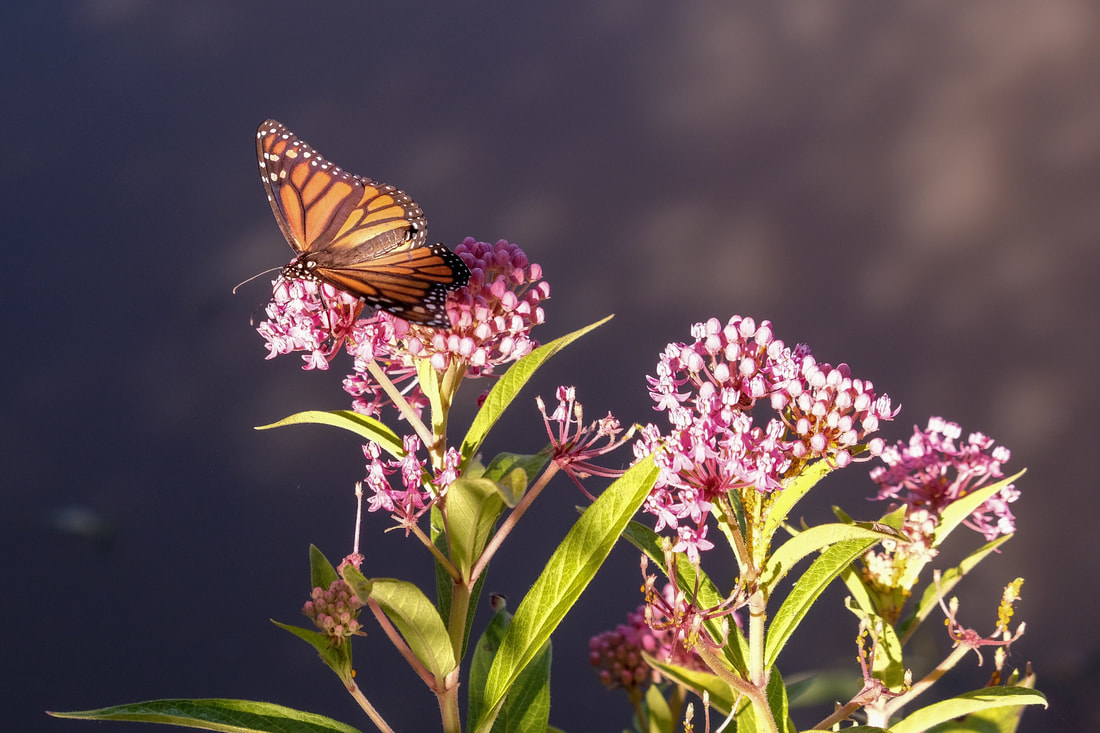
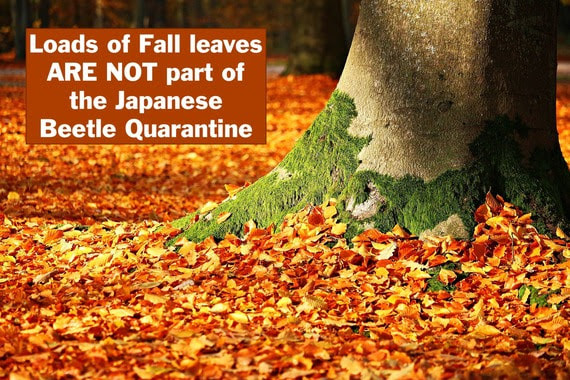
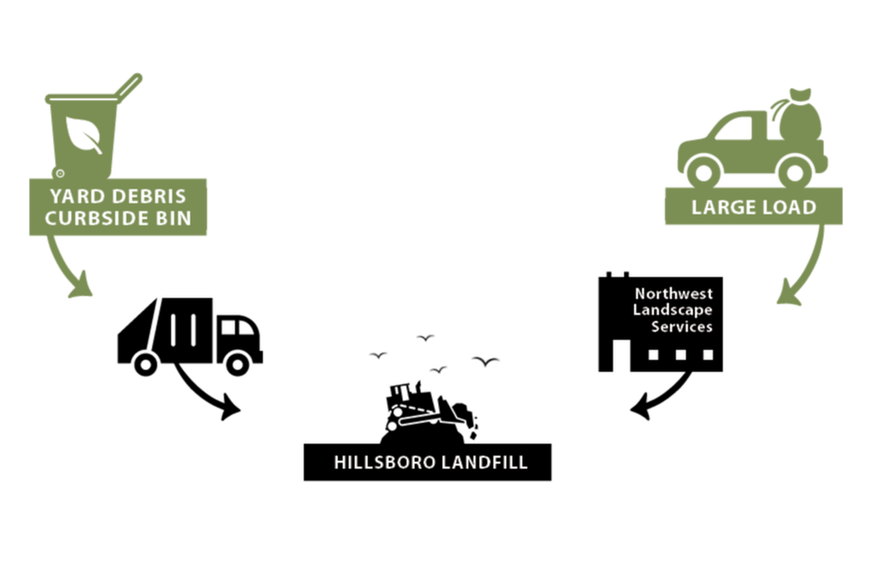
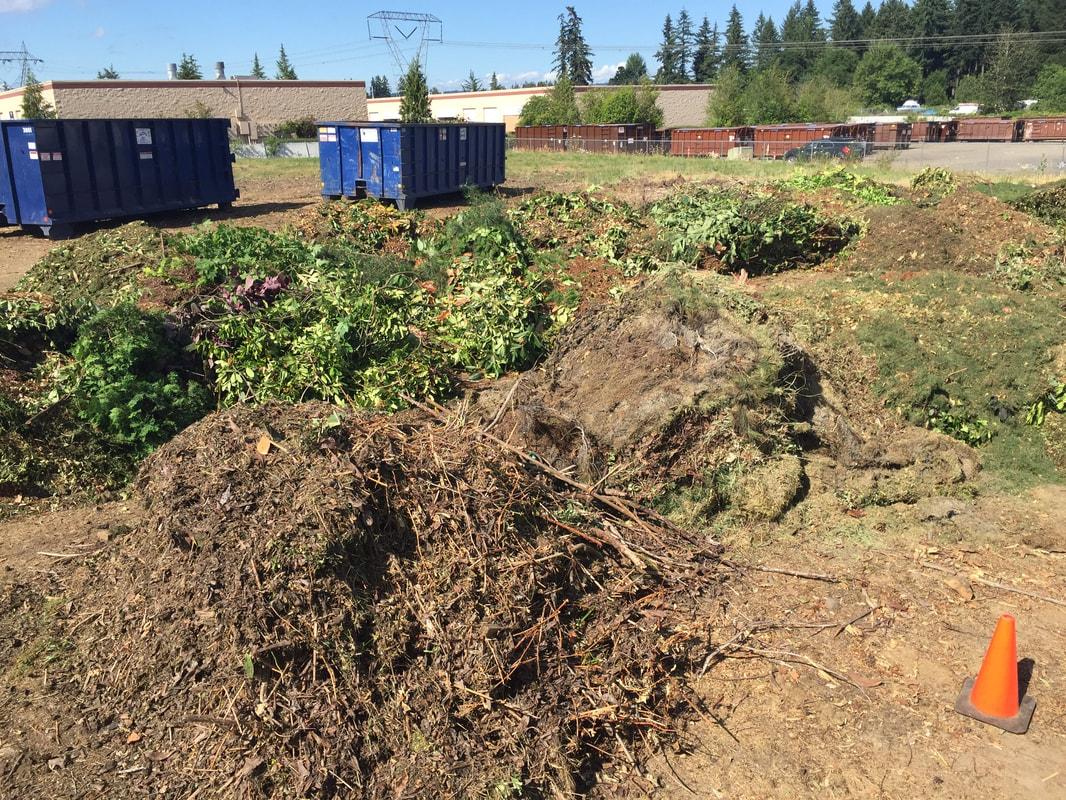
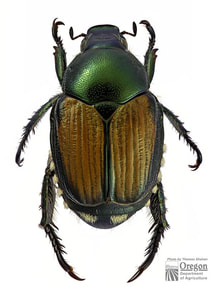
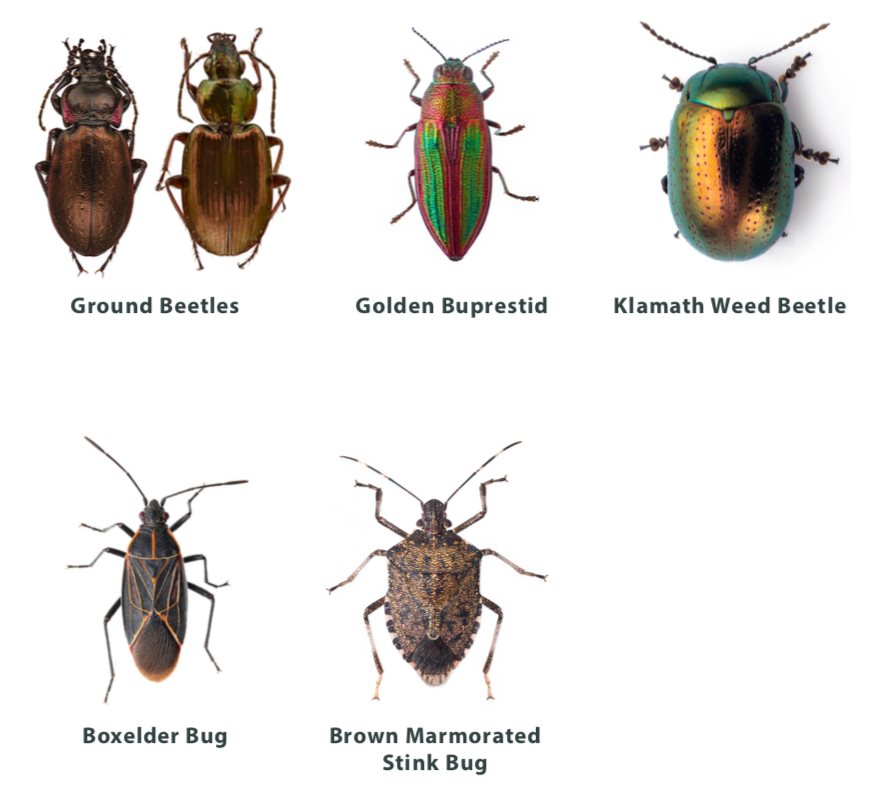

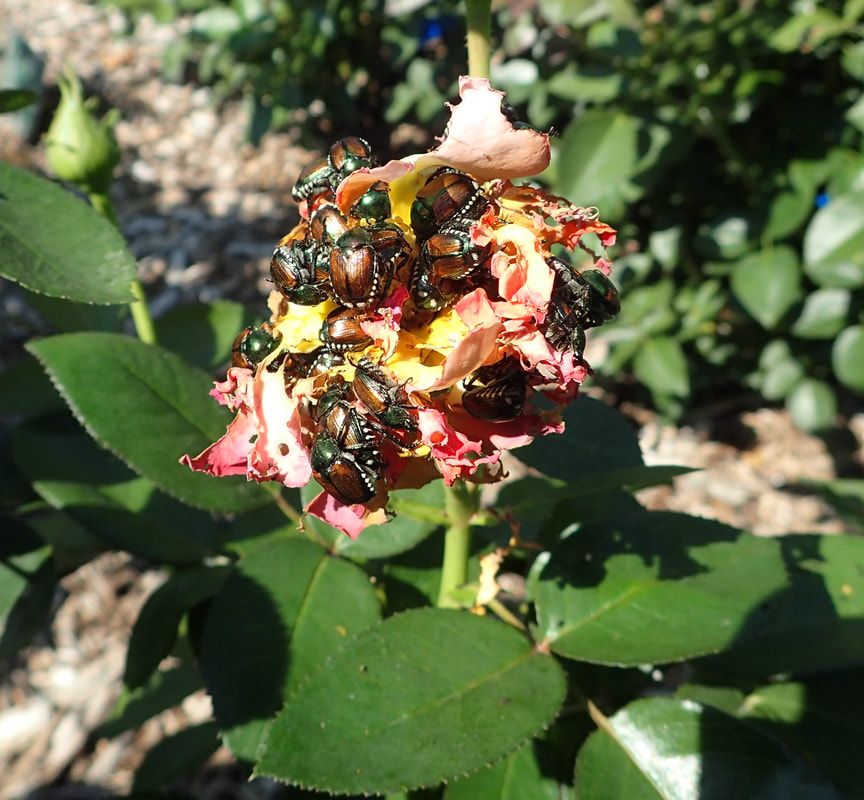
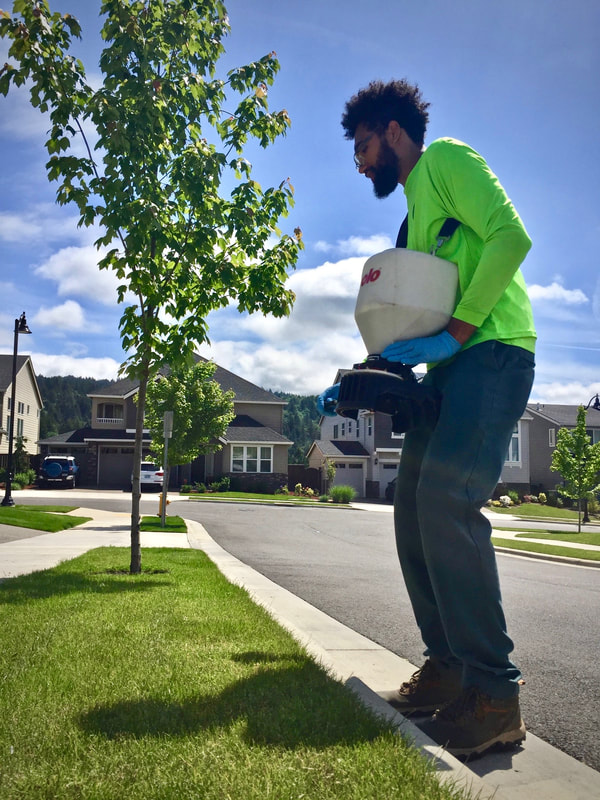
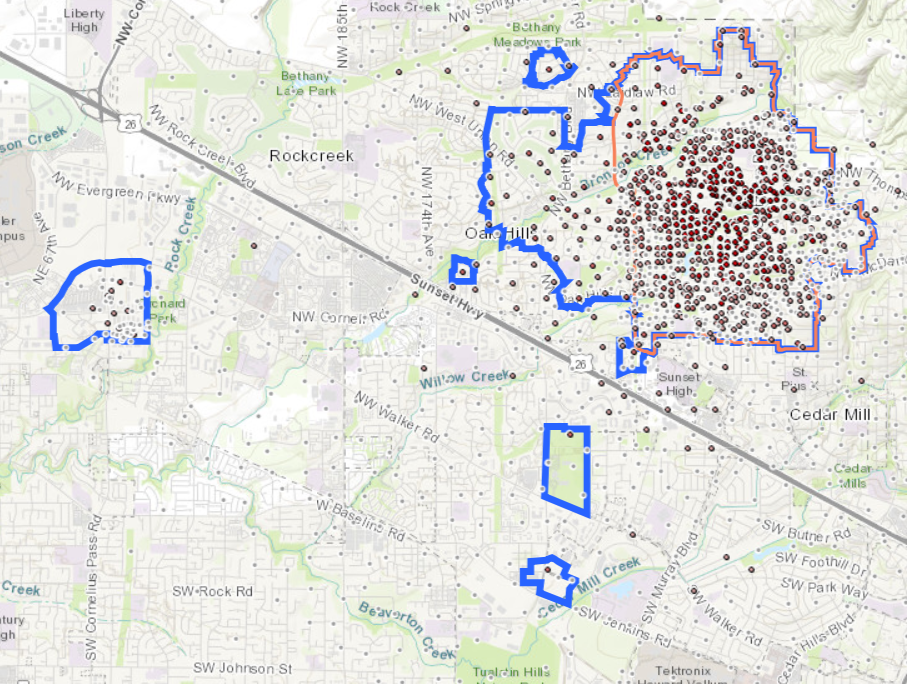
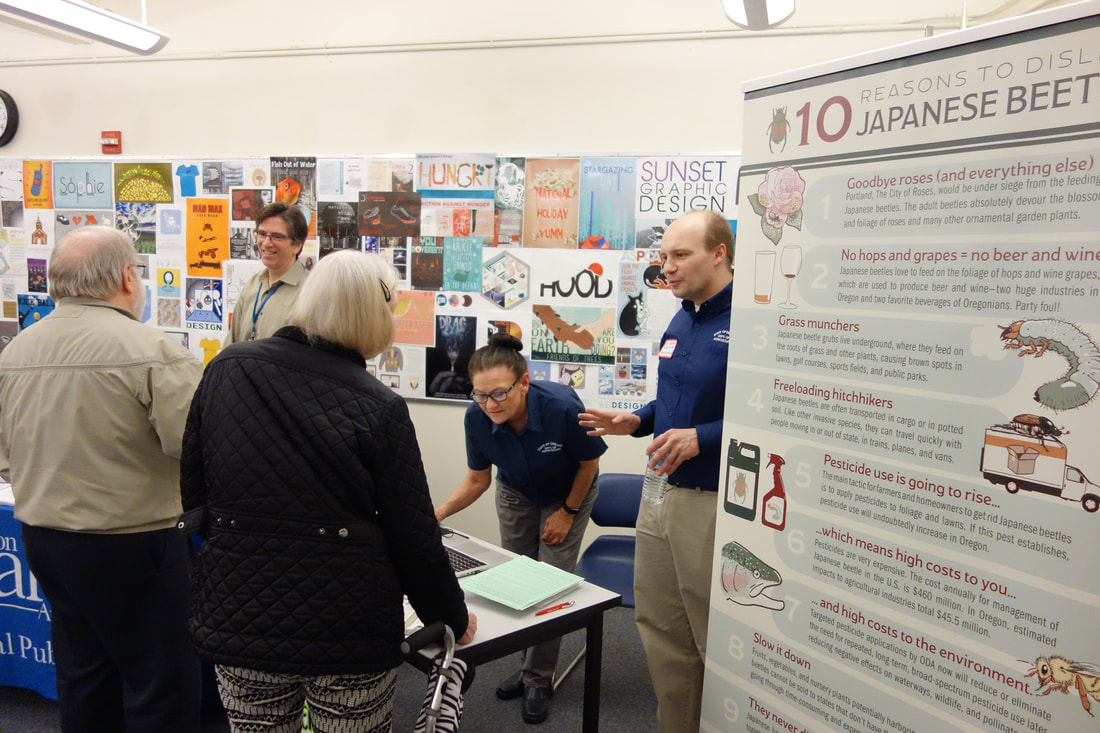
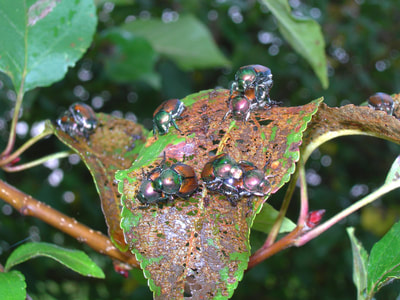
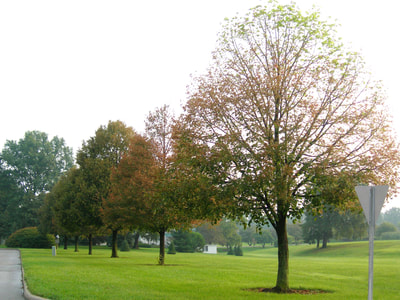
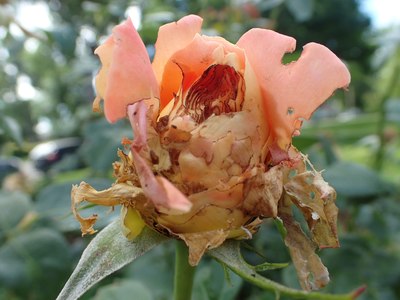
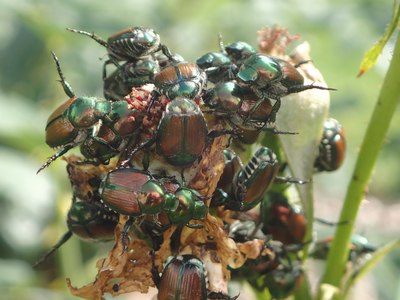
 RSS Feed
RSS Feed
